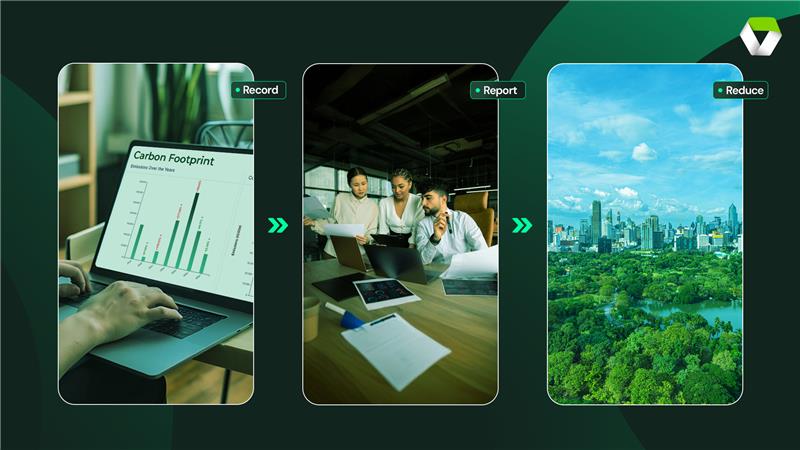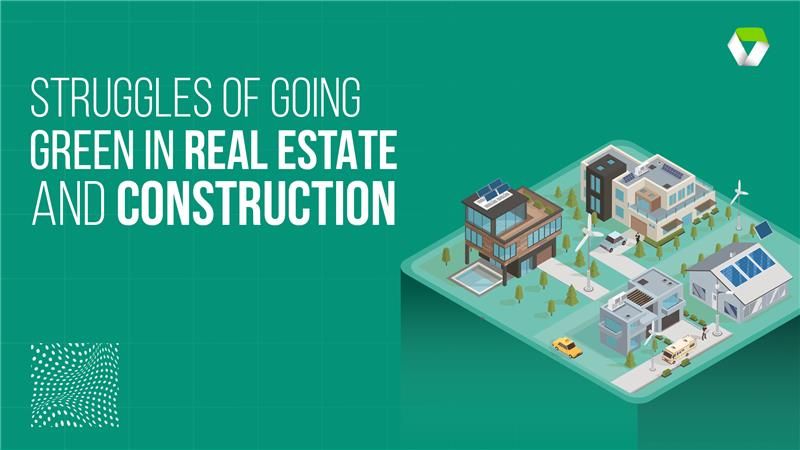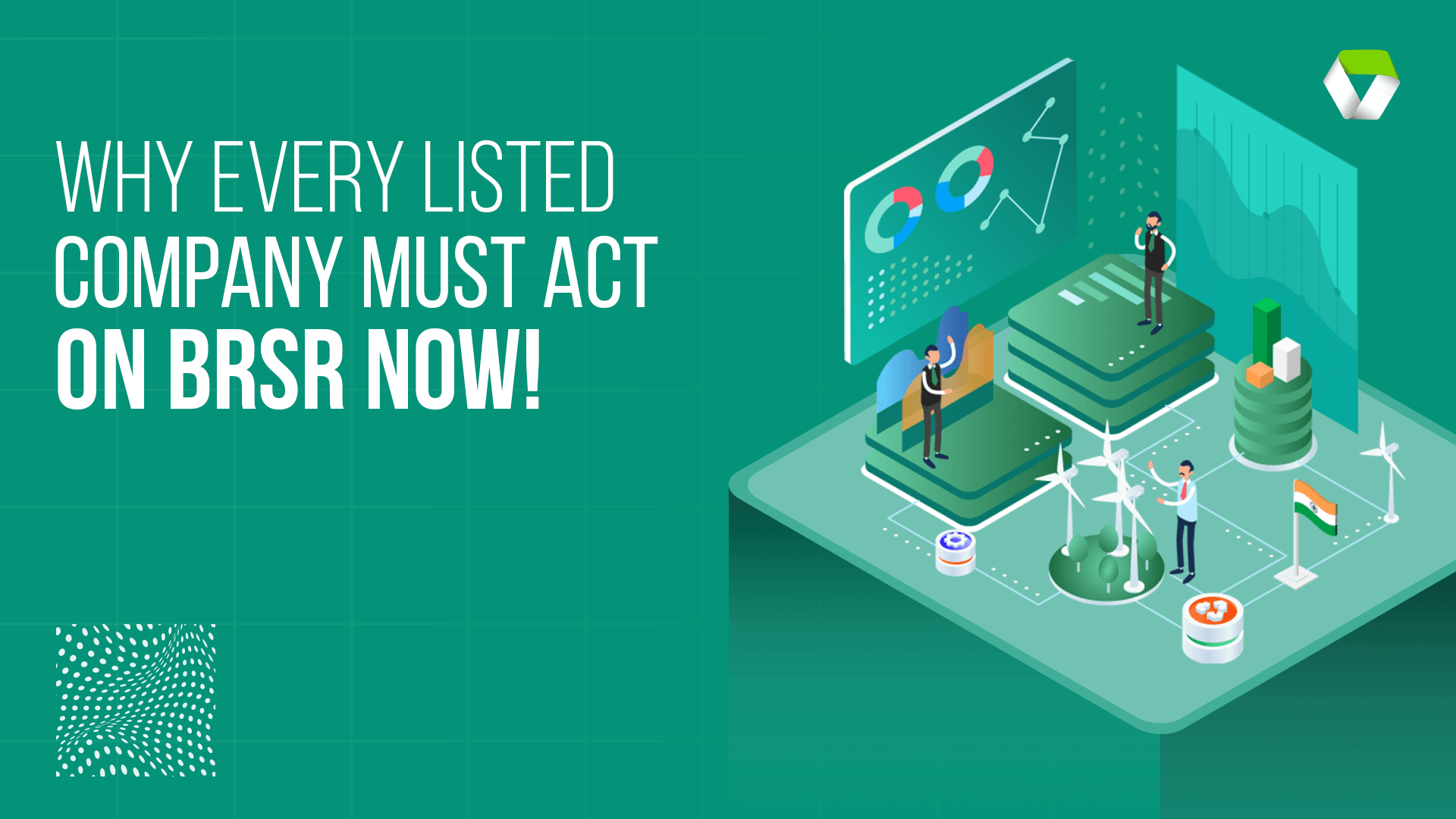Navigating Sustainability: A Guide to Assessing the Carbon Footprint of Products and Operations

In the era of heightened environmental awareness, businesses are increasingly recognizing the importance of assessing and mitigating their carbon footprint. This blog post serves as a comprehensive guide, providing insights into the process of evaluating the carbon footprint of both products and operations. By understanding and quantifying these aspects, companies can embark on a journey toward sustainable practices and informed decision-making.
1. The Significance of Carbon Footprint Assessment
Understanding the Basics:
A carbon footprint assessment is a tool used to quantify the total greenhouse gas emissions, typically measured in carbon dioxide equivalents (CO₂e), associated with an organization's activities, products, or services. Assessing the carbon footprint is a critical step toward identifying areas for improvement and implementing targeted strategies for emission reduction.
2. Assessing the Carbon Footprint of Products
A. Life Cycle Assessment (LCA):
Definition: Life Cycle Assessment is a comprehensive methodology used to evaluate the environmental impact of a product throughout its entire lifecycle.
Key Stages:
- Raw Material Extraction: Assess the environmental impact of acquiring raw materials.
- Production: Evaluate emissions associated with the manufacturing process.
- Distribution and Transportation: Consider the carbon footprint of transporting the product.
- Product Use: Examine emissions during the product's use phase.
- End-of-Life: Evaluate disposal and recycling processes.
B. Product Carbon Footprint Calculation:
- Emissions from Materials: Consider the impact of raw materials and their extraction.
- Manufacturing Emissions: Assess emissions during the production process.
- Transportation Emissions: Calculate the carbon footprint of shipping and distribution.
- Use Phase Emissions: Evaluate energy consumption during product use.
- End-of-Life Emissions: Consider emissions from disposal or recycling.
C. Strategies for Reduction:
- Material Efficiency: Optimize the use of materials to reduce extraction and manufacturing emissions.
- Energy Efficiency: Implement measures to reduce energy consumption during production and use.
- Sustainable Sourcing: Choose suppliers and materials with lower carbon footprints.
- Recyclability: Design products with end-of-life considerations for minimal environmental impact.
3. Assessing the Carbon Footprint of Operations
A. Operational Carbon Footprint Components:
- Energy Consumption: Evaluate the carbon footprint associated with electricity and heat use.
- Transportation: Assess emissions from company-owned vehicles and business travel.
- Industrial Processes: Consider emissions from on-site industrial activities.
- Waste Management: Evaluate emissions related to waste disposal.
B. Carbon Footprint Calculation for Operations:
- Scope 1 Emissions: Direct emissions from on-site activities.
- Scope 2 Emissions: Indirect emissions from purchased energy.
- Scope 3 Emissions: Indirect value chain emissions, including supply chain and business travel.
C. Strategies for Reduction:
- Renewable Energy Adoption: Transition to renewable energy sources to reduce Scope 2 emissions.
- Energy Efficiency Measures: Implement energy-efficient practices and technologies.
- Sustainable Transportation: Optimize transportation methods for reduced emissions.
- Waste Reduction and Recycling: Prioritize waste reduction and sustainable waste management practices.
4. Integration for Holistic Sustainability
A. Unified Approach:
Integrating the assessments of product and operational carbon footprints provides a holistic understanding of an organization's environmental impact.
B. Setting Reduction Targets:
Establish realistic and measurable reduction targets based on the insights gained from the assessments. Regularly monitor progress and adjust strategies as needed.
5. Conclusion: Towards a Greener Future
In conclusion, assessing the carbon footprint of products and operations is a strategic imperative for businesses committed to sustainability. By delving into the intricacies of life cycle assessments, product calculations, and operational evaluations, organizations can make informed decisions that align with environmental stewardship. The journey toward a greener future begins with understanding and taking proactive steps to reduce our collective carbon footprint. Stay tuned for more insights on mastering sustainability in the corporate landscape!






